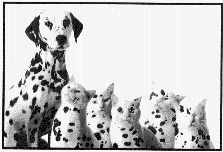 Sunspots
Sunspots Sunspots
SunspotsThe controversy of sunspots began in the early 17th century soon after the discovery of the telescope. To admit that the sun had spots would be asking for a fight against the Catholic Church. At the time, the Aristotelian cosmology viewed the heavens as perfect and unchanging, and every planetary object was therefore a smooth sphere. Some passed them off as satelites (see the above mentioned page). Galileo took up the study of sunspots and produced an excellent chronology of their movement.
Sunspots are now known to be the result of cooler areas of the sun's photosphere created by huge flows of magnetic flux passing through it.
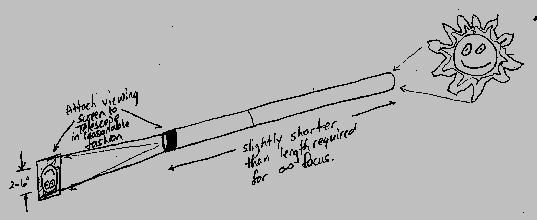
First, make yourself a telescope. The magnification for your telescope is not too terribly important, but anything around a power of ten should suffice. Next, point the telescope in the vicinity of the sun, but DO NOT LOOK THROUGH THE TELESCOPE! If you hold a sheet of paper behind the eyepiece, you should see the shadow of the telescope. Use this shadow to determine which direction the telescope needs to be adjusted.
When the telescope is pointed at the sun, you should see a bright circular object being projected on the paper. This is the sun! Position the paper at a reasonable distance from the telescope. If you position it too close, the image will be too small to be of any use. If you position it too far away, it will be too faint to pick out the desired detail. Note: since the telescope acts as a huge magnifying glass, it is very possible that a sheet of paper positioned too close to the telescope can catch fire!
Focus the telescope until you get a crisp edge on the disk. The length at which the telescope needs to be focused is somewhat shorter (~80-90%) than the length you would use to focus at a distance of infinity. If you're feeling lucky, you may see a couple of dark dots on the image. These are sunspots. They don't do much but appear, move around the sun a little, and then disappear. The life expectancy for most of these spots seems to be anywhere from a day to a couple of weeks from my observations and from the images collected at the Space Environment Laboratory.
Place a piece of paper on the observing platform and quickly sketch the perimeter of the sun and any spots you may see. Check from day to day and oberve the movement of the sunspots as the sun rotates.
If you have the resources, the best way to perform these observations would be to utilize a tracking mechanism to continuously point the telescope at the sun. If you really want to get the best observations, you can even develop a way to project the sun's image, using mirrors, into a darkened room where an image of several feet can be carefully observed. I would like to have tried this, but this really does require a telescope capable of solar tracking.
Luckily, the sun is typically much easier to observe than night objects, but you can still be plagued by the weather as is often the case in Houston. Also, although there were usually sunspots available for observation ( utiliizing modern day observatories for up to the minute pictures), it took a very prominant sunspot to become a single speck on the projected image. Therefore, many times, only a bright white disk could be observed ( which, in general, is not too exciting.) I would suggest to future takers of this task to fully utilize the resources available on the net (esp. NSO), and watch the sunspots carefully at least every other day. If a decent sunspot becomes available, try to observe and track it if weather permits.
Good Luck!
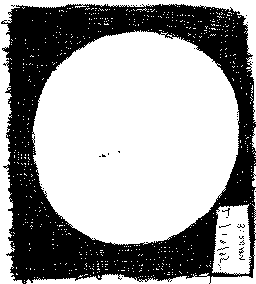
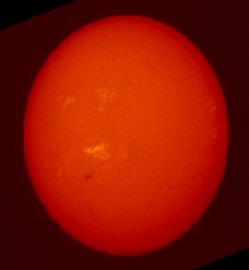 2/19/95
2/19/95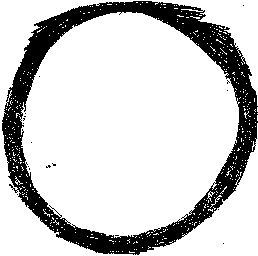
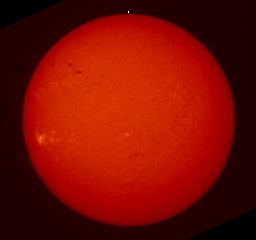 3/16/95
3/16/95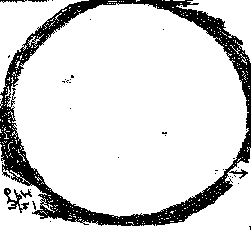
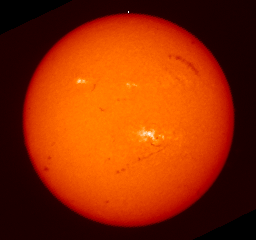 3/21/95
3/21/95
 1995 Full Disk H-alpha images from Holloman AFB, Boulder, and Learmonth(This may take awhile to load.)
1995 Full Disk H-alpha images from Holloman AFB, Boulder, and Learmonth(This may take awhile to load.)
 NSO - National Solar Observatory
NSO - National Solar Observatory
 Mees Solar Observatory
Mees Solar Observatory
 Daily solar Pictures from NSO
Daily solar Pictures from NSO
 Sun Info - Includes Specs, Pictures, Movies, etc...
Sun Info - Includes Specs, Pictures, Movies, etc...
 Index of Solar Image Sites
Index of Solar Image Sites














NSO/Kitt Peak data used here are produced cooperatively by NSF/NOAO, NASA/GSFC, and NOAA/SEL.














 We appreciate any comments or suggestions.
We appreciate any comments or suggestions.